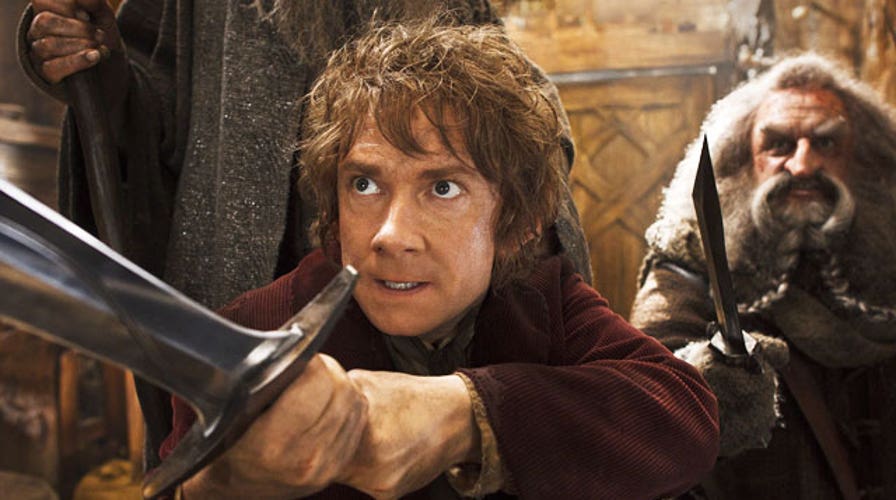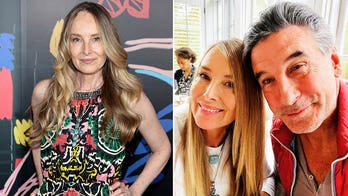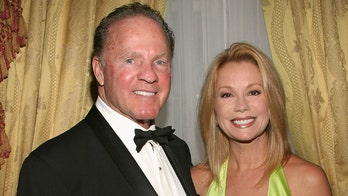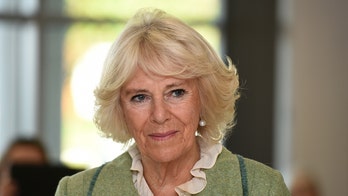The second chapter of 'The Hobbit' trilogy hits theaters
Rotten Tomatoes Editor-in-Chief Matt Atchity shares the Tomatometer scores for 'The Hobbit: The Desloation of Smaug' and 'A Medea Christmas'
NEW YORK – “The Hobbit” has been saved… at least for the time being. “The Desolation of Smaug” is a vast improvement over the first installment and is an excellent return to the level of quality as “The Lord of the Rings.”
A possible reason for this “Hobbit’s” greatness is that it only covers the middle portion of the book -- the parts with all the action. How this will all play out in the long run remains to be seen. Splitting a short book into three three-hour films still doesn’t seem like a good idea, especially since the exposition in the first film was a long, arduous journey. If the third film, “There and Back Again” is another three-hour long arduous conclusion, then the entire three-film experience could be ruined. But the sheer majesty and scope of “Smaug” combined with phenomenal action sequences has certainly corrected the course from the first film. Let’s hope Jackson closes the final film out with as much gusto as this one.
Unlike the first film, “Smaug” has rip-roaring action set pieces, especially one show-stopping sequence with Bilbo and the dwarves escaping in barrels down a river while orcs and elves pursue. It’s the kind of frenetic and well executed action scenes Steven Spielberg and George Lucas unloaded in the “Indiana Jones” and “Star Wars” films. It’s that good.
Jackson and company drop the silly humor which bogged down the first film and treat this second story with as much maturity and sophistication as any of the “Lord of the Rings” films. It would be false to say there is no humor in “Smaug,” but Jackson has rightly re-directed this film back to the “Rings” audience rather than the younger targeted audience of “An Unexpected Journey.”
Even though the story is called “The Hobbit,” these films are about the plight of the dwarves to reclaim their mountain kingdom from the dragon Smaug. Jackson opens superficial avenues to explore entitlement, bigotry and altruism as the dwarves make their way closer to their prize; the elves, humans and dragons hate the dwarves. The poor bearded guys have a pretty bad rap which makes this more their journey to win back the hearts of Middle Earth than it is for Bilbo Baggins to do much of anything other than tag along.
Naturally, the original cast returns and Martin Freeman, again, is excellent as Bilbo Baggins, in a slightly more mature performance than his first. The situation has become direr and Bilbo has gained a wealth of confidence. Freeman is still the finest actor yet to play a hobbit. Ian McKellan, too, fits comfortably back into Gandalf’s pointy hat as he again finds himself in a world of trouble. Even Orlando Bloom reprises his star-making role as Legolas, with Jackson adding a hint of lust and jealousy to the typically stoic elf.
For part two, Jackson introduces a wealth of new lands and characters, which greatly helps keep this three-hour film moving at a brisk pace. The two most significant additions are Luke Evans as the reluctant hero Bard and Evangeline Lilly as Tauriel, an elf with a soft-spot for one of the dwarves. Lilly is a fine addition to the saga as a strong female character, something that has really been lacking in the previous films. She just as effortlessly rolls Tolkein’s elfish language off her tongue as she brings down a hundred orcs in seconds with her super-powered archery skills. Perhaps, too, 2013 is setting a new perquisite that strong female action characters must be archery pros.
A separate story line from Bilbo’s features Gandalf investigating the mysterious resurrection of an ancient evil, which nicely plants the seeds for the action to come in “The Lord of the Rings.” Juggling Bilbo’s and Gandalf’s stories is a plus for this film, which gives it the same weight, excitement and mystery as the first trilogy.
Also joining the cast are Stephen Fry as the bumbling leader of Laketown, Lee Pace as the Elvinking and if you look closely, you can even see Stephen Colbert as a lurking spy in Laketown sequences.
But the film all comes down to the explosive climax featuring the dragon Smaug, wonderfully voiced by Benedict Cumberbatch. Make a dragon monologue like a Bond villain and you have Smaug, and there’s no better voice to accompany those droll lines of maniacal egotism than Cumberbatch. This certainly has been Cumberbatch’s year, and he is scintillating as the overweening dragon.
The production design is as gorgeous as ever, combining beautiful matte paintings with digital animation. The Tolkein universe never looked better. Composer Howard Shore returns with yet another phenomenal score, again adding all new themes for the new locations and characters. His vast musical tapestry thus far for the Tolkein saga rivals the scope and majesty of any Wagner opera and “The Desolation of Smaug” is one of the series’ best.
“The Hobbit: The Desolation of Smaug” is great fun and a fortunate save for Jackson, but the three-hour epic ends with one of the most abrupt cliffhangers ever, which will rile audiences for sure, either with excitement for part three, or with sheer frustration.
Warner Brothers Pictures. MPAA Rating: PG-13. Running time: 2 hours and 41 minutes.







